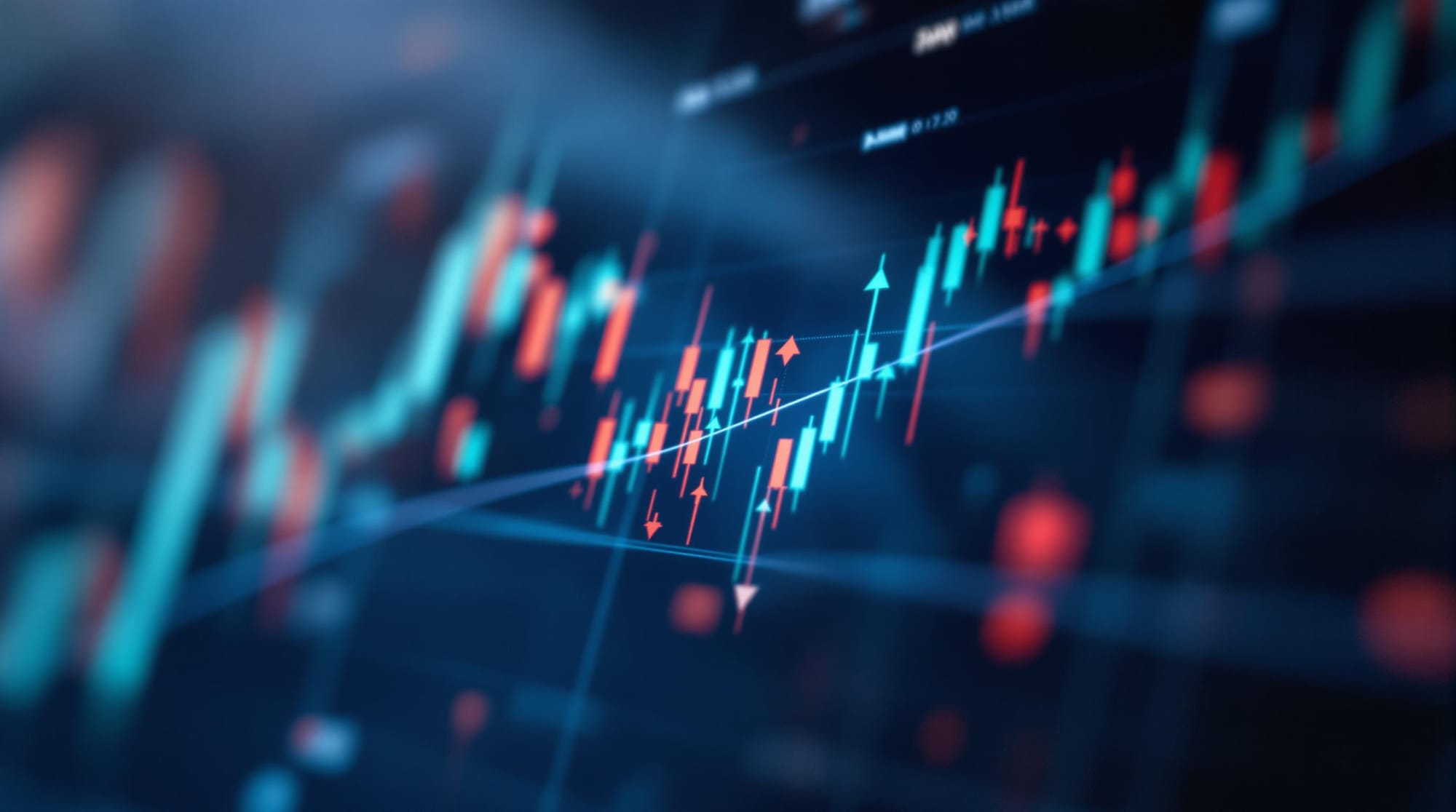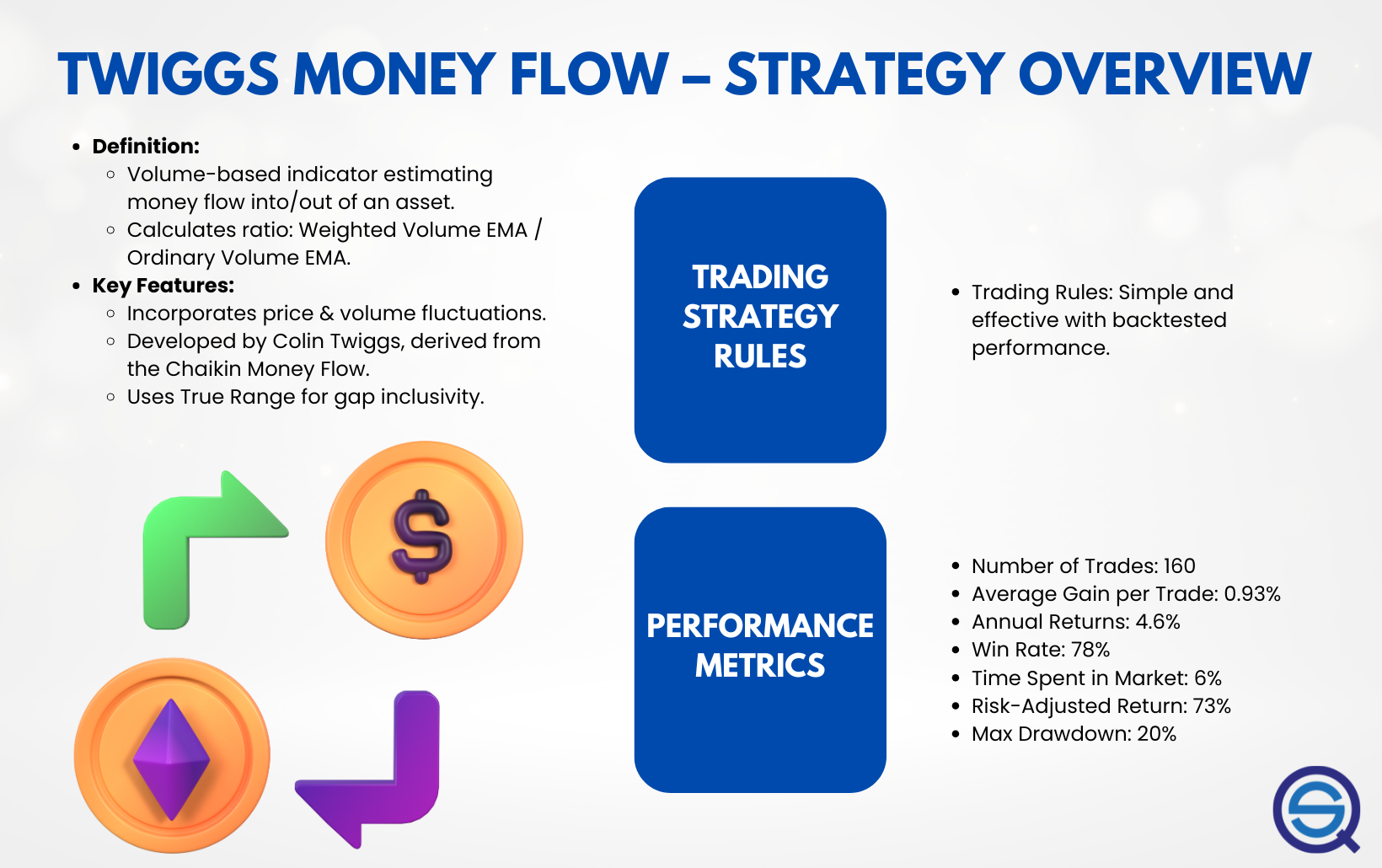Did you know that backtesting a trading strategy without considering market conditions is like baking a cake without checking if the oven is on? In this article, we explore how varying market conditions can dramatically influence the accuracy and reliability of day trading backtests. From volatility and liquidity to the impact of news events and market trends, each factor plays a crucial role in shaping backtest outcomes. We'll also discuss the risks of overfitting, the significance of timing, and best practices for adjusting strategies in response to changing market environments. With insights from DayTradingBusiness, you'll learn how to enhance your trading strategies through informed backtesting practices.
How do market conditions affect day trading backtests?
Market conditions, like volatility and trend strength, directly influence backtest results by making strategies look better or worse depending on whether the market is calm or turbulent. During high volatility, backtests may show exaggerated gains or losses, not reflecting typical conditions. In trending markets, a strategy might perform well in backtests, but fail in sideways or choppy markets. Therefore, backtests must consider different market environments to avoid overestimating a strategy’s real-world effectiveness.
What role does volatility play in backtesting accuracy?
Volatility affects backtesting accuracy by influencing price movements and market behavior. High volatility can exaggerate potential gains or losses, making backtests less reliable for predicting future performance. Low volatility leads to smoother data, which may underestimate risks. Accurate backtesting needs market conditions that mirror real volatility levels; ignoring volatility skews results and misguides trading strategies.
How does market trend influence backtest results?
Market trends shape backtest results by affecting price movements and volatility. A strong upward trend can make a trading strategy seem highly profitable, while a sideways or bearish market might show poor performance. Trends influence the effectiveness of technical indicators and entry/exit signals used in backtests. If backtesting during a bull run, results may overstate real-world success, but in volatile or declining markets, strategies might underperform. Overall, market conditions directly impact the reliability and realism of backtest outcomes.
Can market crashes skew backtesting outcomes?
Yes, market crashes can skew backtesting outcomes by creating data that isn’t representative of normal conditions. During crashes, volatility spikes and price swings are extreme, which can make strategies look better or worse than they would in steady markets. This distorted data can lead traders to overestimate or underestimate a strategy’s true performance, resulting in misleading backtest results.
How do liquidity levels impact backtest reliability?

Liquidity levels affect backtest reliability because low liquidity can cause unrealistic trade execution assumptions, leading to overestimated profits and underestimated slippage. High liquidity ensures trades can be executed at expected prices, making backtests more accurate. During low liquidity periods, spreads widen and slippage increases, skewing backtest results. Reliable backtests depend on market conditions that match actual trading environments, so ignoring liquidity risks producing misleading performance estimates.
What is the effect of news events on backtested strategies?
News events can cause backtested strategies to perform poorly because they create sudden volatility and unpredictable price swings that historical data may not account for. When backtesting, strategies might show strong results in stable periods but falter during major news-driven moves. This discrepancy occurs because backtests often rely on historical price patterns without factoring in real-time news impacts. As a result, a strategy that looks profitable in backtests might fail in live trading during volatile news events.
How does market volatility impact risk assessment in backtests?
Market volatility increases the variability of asset prices, making backtest risk assessments less reliable because past performance may not reflect future swings. High volatility can cause underestimating risk if backtests assume stable conditions, leading to overly optimistic strategies. Conversely, during low volatility periods, risk might be overestimated, causing traders to miss opportunities. Rapid price swings challenge the accuracy of historical data, skewing risk metrics like drawdown and Sharpe ratio. Overall, market volatility complicates backtest risk evaluation, demanding more dynamic models to account for unpredictable swings.
Does time of day matter in backtesting day trading strategies?
Yes, time of day matters in backtesting day trading strategies because market conditions and volatility vary throughout the trading session. Morning hours often have higher volatility and liquidity, while midday can be quieter, affecting the strategy's performance. Testing at different times helps identify when your strategy performs best or struggles. Ignoring time of day can lead to misleading results that don’t reflect real trading conditions.
How do market cycles influence backtesting success?
Market cycles affect backtesting success by shaping the data environment; bullish or bearish phases can skew results. During bull markets, strategies may appear more profitable, but fail in downturns. Bear markets can make strategies seem risky when tested against declining conditions. Including multiple market cycles in backtests ensures strategies are robust across different conditions. Ignoring cycle phases risks overfitting to a specific market trend, leading to poor real-world performance.
Can changing market conditions lead to overfitting in backtests?
Yes, changing market conditions can cause overfitting in backtests. When a trading strategy is optimized for specific past market environments, it may perform poorly in new or different conditions, making it seem effective during backtesting but failing in real trading.
How do false breakouts affect backtesting results?
False breakouts skew backtesting results by making strategies appear more effective than they are. They generate false signals, causing traders to enter and exit trades prematurely or unnecessarily. This leads to inflated win rates and distorted profit metrics. When backtests include false breakouts, they suggest a strategy works well in theory but fails in real markets. Consequently, traders may overestimate their strategy’s robustness and take on higher risks.
What are the limitations of backtesting during high volatility periods?
Backtesting during high volatility periods can give misleading results because past data may not reflect future rapid price swings. It often underestimates risks, leading to overconfidence in strategies that might fail in turbulent markets. Sudden market jumps, slippage, and wide spreads aren’t accurately captured, skewing performance metrics. Historical data from calm periods doesn’t account for the unpredictability and speed of price changes in volatile times. As a result, backtested strategies might perform well on paper but falter when real market chaos hits.
How do different asset classes respond to market condition changes in backtests?
Different asset classes react uniquely to market changes in backtests. Stocks often show volatility spikes during economic shifts, while bonds may stabilize or decline in rising interest rate environments. Commodities like oil or gold can swing sharply with geopolitical or supply-demand shifts. Forex markets respond quickly to macroeconomic data, with currency pairs fluctuating based on political stability or central bank policies. Real estate assets tend to be less volatile but sensitive to interest rate and economic growth changes. Backtests reveal these varied responses, emphasizing the importance of tailoring strategies to each asset class’s behavior during different market conditions.
Can backtests predict future performance accurately in shifting markets?
Backtests can't reliably predict future performance in shifting markets because they rely on past data that may not reflect current conditions. When markets change due to economic shifts, news, or volatility, strategies that worked before often fail. Backtesting assumes stability, but market dynamics are always evolving, making future accuracy limited.
How should traders adjust backtests during market consolidations?

During market consolidations, traders should lower the risk parameters in backtests, focus on range-bound strategies, and avoid overfitting to trending data. Adjust entry and exit criteria to reflect sideways movement, and test multiple scenarios to see how strategies perform in low-volatility periods. Incorporate more conservative stop-losses and profit targets to match the reduced price swings. This ensures backtests accurately reflect consolidation phases and improve real-world performance.
What are best practices for incorporating market conditions into backtesting?
Include historical data that reflects different market environments—bull, bear, sideways, volatile—to see how your strategy performs. Adjust your backtests to account for changing volatility, liquidity, and news events that impact market behavior. Use separate periods for trending and range-bound markets to identify strengths and weaknesses. Incorporate stress testing with extreme conditions to gauge resilience. Analyze performance metrics across various market states to ensure your strategy adapts well. Avoid cherry-picking data, and always consider how real-time market shifts could affect outcomes.
Conclusion about The Impact of Market Conditions on Day Trading Backtesting
In summary, understanding the impact of market conditions on day trading backtesting is crucial for developing effective trading strategies. Factors such as volatility, market trends, and liquidity can significantly influence backtest results, often leading to skewed outcomes or overfitting. By incorporating best practices and adjusting for real-time market dynamics, traders can enhance their backtesting accuracy and reliability. For comprehensive insights and strategies tailored to current market conditions, consider leveraging the expertise available through DayTradingBusiness.
Learn about The Impact of Market Conditions on Day Trading ETFs